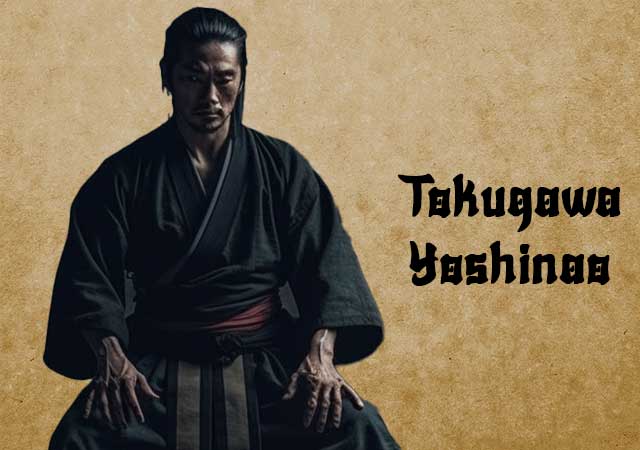
Tokugawa Yoshinao, the ninth son of Tokugawa Ieyasu, was born in Osaka Castle on January 2, 1601. At the tender age of six, he was appointed as the master of Kiyosu Castle in Aichi Prefecture. In 1612, with the completion of Nagoya Castle nearby, eleven-year-old Yoshinao rose to become the Lord of Owari Domain and Nagoya Castle. Among the Tokugawa clans—the Kii, Mito, and Owari—Yoshinao's Owari Tokugawa clan held the most political and financial significance, positioning him favorably within the family.
Renowned for his swordsmanship, Yoshinao began training in the Yagyu Shinkage style under Yagyu Hyogonosuke. By the age of 21, he had risen to the rank of Soke, alongside Hyogonosuke, pioneering the distinctive Owari Yagyu Shinkage Ryu style with original techniques.
During the 1620s, the legendary swordsman Miyamoto Musashi visited Owari, introduced by Yagyu Hyogonosuke. Meeting Yoshinao at Nagoya's Ni-no-Maru Palace, Musashi showcased his Enmei Ryu two-sword style upon Yoshinao's request. After engaging in several bouts, Musashi emerged victorious in each encounter, earning Yoshinao's admiration and permission to establish a dojo in Nagoya. The dojo flourished, attracting over 3,000 samurai from Nagoya Castle until the mid-Meiji period.
The tradition of elaborate wedding parades in Nagoya traces back to Yoshinao and his wife, Haruhime's splendid procession through the city streets and into Nagoya Castle. The opulent Taimenjo living quarters of the Honmaru Palace were adorned with paintings depicting scenes of Wakayama, Haruhime's homeland, commissioned by Yoshinao to ease her transition to Nagoya.
Yoshinao's legacy also includes his role in co-creating the esteemed Ofuke-yaki pottery style. Collaborating with potters from Seto, he established a kiln within Nagoya Castle's Ofuke-maru precinct, producing exquisite white glazed pottery items such as tea bowls and caddies. These wares, presented by Nagoya Castle's lords to various daimyo across Japan, enhanced their prestige and value.
At the age of 49, Yoshinao passed away, likely due to a stroke, on June 5, 1560. His unique grave and mausoleum were established at Joko-ji in Seto, commemorating his significant contributions to the arts and culture of Nagoya.
See also
-
Yamagata Masakage
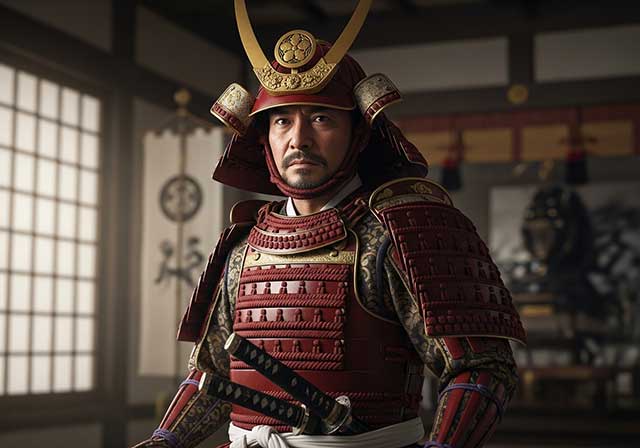
Masakage was one of Takeda Shingen’s most loyal and capable commanders. He was included in the famous list of the “Twenty-Four Generals of Takeda Shingen” and also belonged to the inner circle of four especially trusted warlords known as the Shitennō.
-
Yagyu Munenori
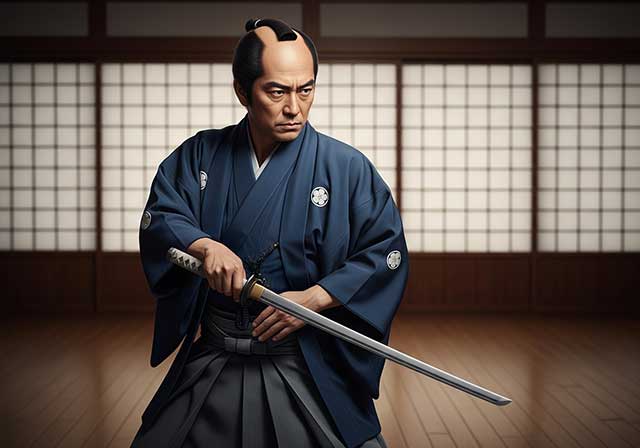
Yagyū Munenori began his service under Tokugawa Ieyasu while his father, Yagyū Muneyoshi, was still at his side. In 1600, Munenori took part in the decisive Battle of Sekigahara. As early as 1601, he was appointed a kenjutsu instructor to Tokugawa Hidetada, Ieyasu’s son, who later became the second shogun of the Tokugawa clan.
-
Yagyu Muneyoshi
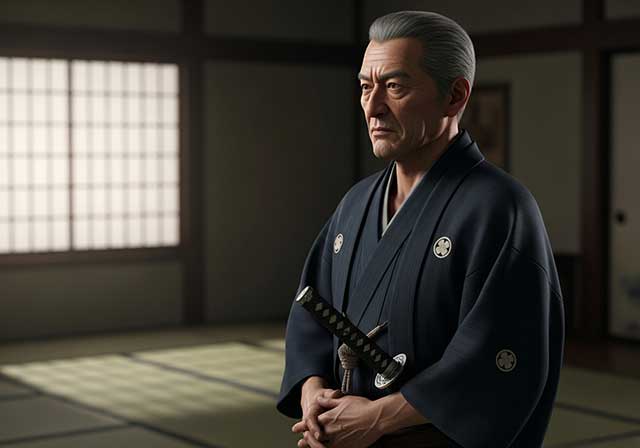
A samurai from Yamato Province, he was born into a family that had been defeated in its struggle against the Tsutsui clan. Muneyoshi first took part in battle at the age of sixteen. Due to circumstances beyond his control, he was forced to enter the service of the Tsutsui house and later served Miyoshi Tōkei. He subsequently came under the command of Matsunaga Hisahide and in time became a vassal first of Oda and later of Toyotomi.
-
Endo Naozune
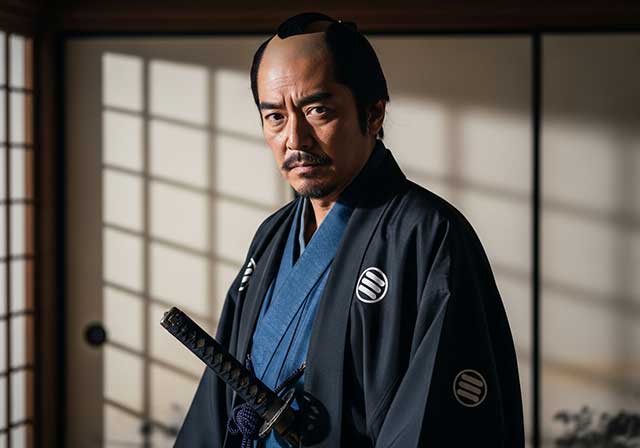
Naozune served under Azai Nagamasa and was one of the clan’s leading vassals, renowned for his bravery and determination. He accompanied Nagamasa during his first meeting with Oda Nobunaga and at that time asked for permission to kill Nobunaga, fearing him as an extremely dangerous man; however, Nagamasa did not grant this request.
-
Hosokawa Sumimoto
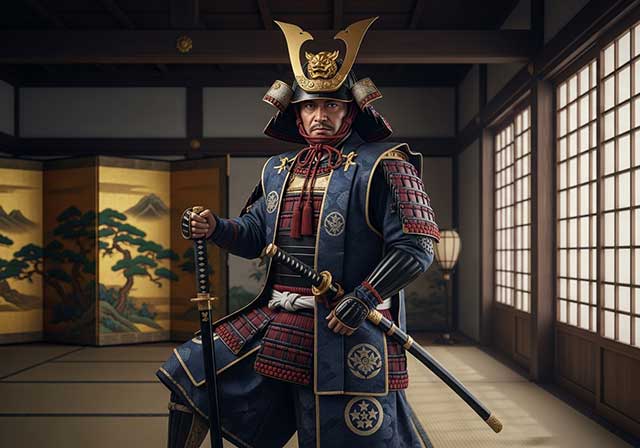
Sumimoto came from the Hosokawa clan: he was the biological son of Hosokawa Yoshiharu and at the same time the adopted son of Hosokawa Masamoto, the heir of Hosokawa Katsumoto, one of the principal instigators of the Ōnin War. Masamoto was homosexual, never married, and had no children of his own. At first he adopted Sumiyuki, a scion of the aristocratic Kujō family, but this choice provoked dissatisfaction and sharp criticism from the senior vassals of the Hosokawa house. As a result, Masamoto changed his decision and proclaimed Sumimoto as his heir, a representative of a collateral branch of the Hosokawa clan that had long been based in Awa Province on the island of Shikoku. Almost immediately after this, the boy became entangled in a complex and bitter web of political intrigue.
-
Honda Masanobu
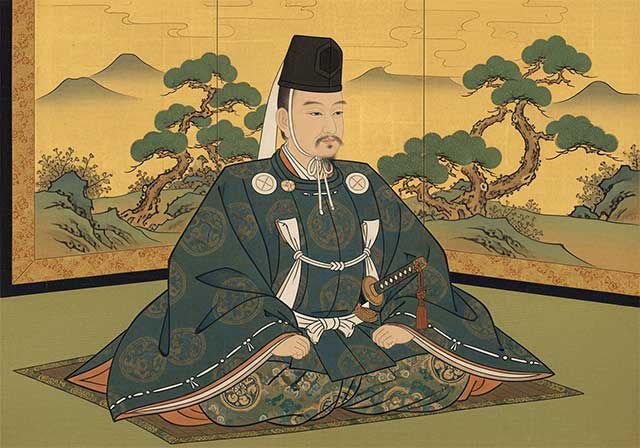
Masanobu initially belonged to the retinue of Tokugawa Ieyasu, but later entered the service of Sakai Shōgen, a daimyo and priest from Ueno. This shift automatically made him an enemy of Ieyasu, who was engaged in conflict with the Ikkō-ikki movement in Mikawa Province. After the Ikkō-ikki were defeated in 1564, Masanobu was forced to flee, but in time he returned and once again entered Ieyasu’s service. He did not gain fame as a military commander due to a wound sustained in his youth; nevertheless, over the following fifty years he consistently remained loyal to Ieyasu.
-
Honda Masazumi
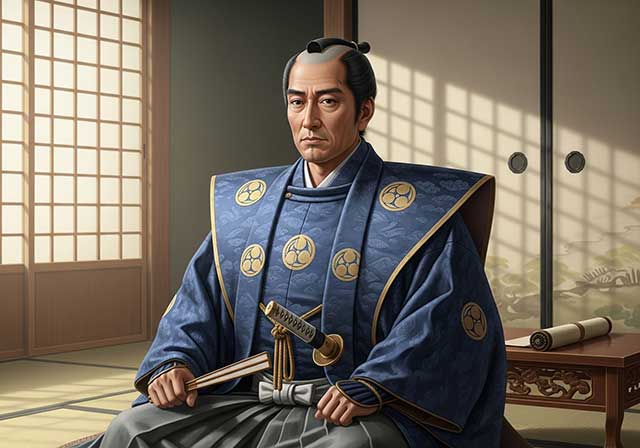
Masazumi was the eldest son of Honda Masanobu. From a young age, he served Tokugawa Ieyasu alongside his father, taking part in the affairs of the Tokugawa house and gradually gaining experience in both military and administrative matters. At the decisive Battle of Sekigahara in 1600, Masazumi was part of the core Tokugawa forces, a clear sign of the high level of trust Ieyasu placed in him. After the campaign ended, he was given a highly sensitive assignment—serving in the guard of the defeated Ishida Mitsunari, one of Tokugawa’s principal enemies—an obligation that required exceptional reliability and caution.
-
Hojo Shigetoki
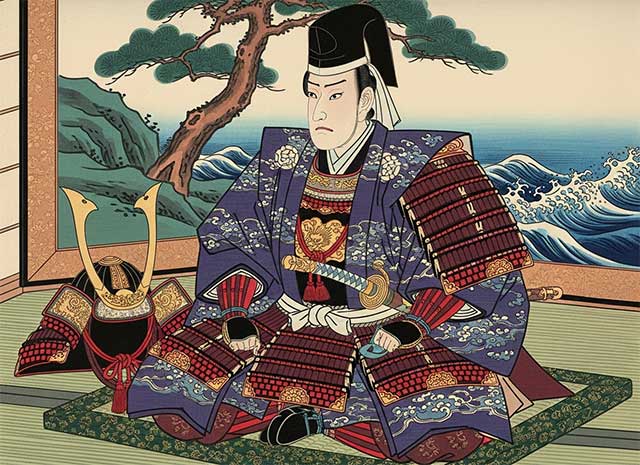
Hōjō Shigetoki, the third son of Hōjō Yoshitoki, was still very young—only five years old—when his grandfather Tokimasa became the first member of the Hōjō clan to assume the position of shogunal regent.

